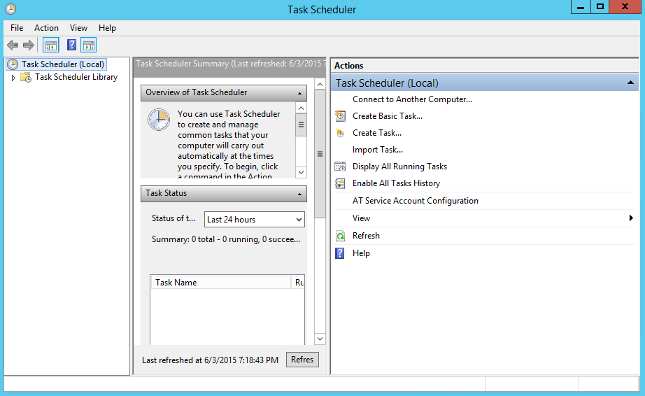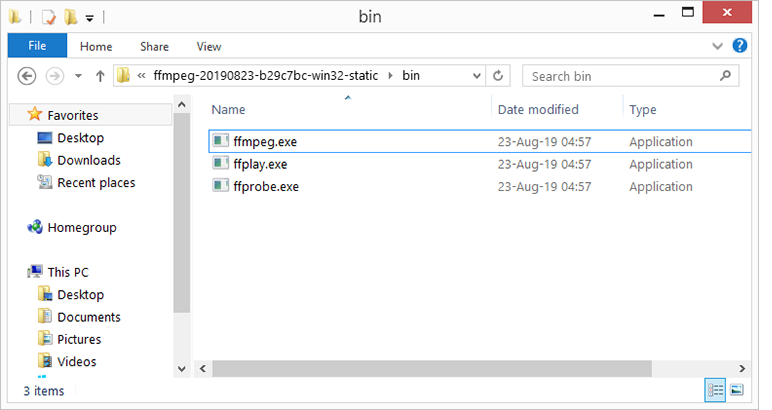
Copy all those files to a folder such as c:\ffmpeg Your FFmpeg build should have a bin folder with 3 exe files and some dll files.Build your own or download a compatible build from FFmpeg Windows Downloads. You need FFmpeg shared binaries (64 or 32 bit, depending on your app's target architecture).Install the NuGet Package from your Package Manager Console: PM> Install-Package FFME.Windows.Open Visual Studio (v2019 preview recommended), and create a new WPF Application.

Here is a quick guide on how to get started. Please note the current NuGet realease might require a different version of the FFmpeg binaries than the ones of the current state of the source code. You can find my latest video and rendering experiments here (if you are curious)

You’ll need a computer running on a compatible operating system, such as Windows, Linux (RHEL-based, Debian-based, or Ubuntu-based), and macOS.If you’d like to follow along, be sure you have the following.

This tutorial will be a hands-on demonstration. Example 4: Extracting Audio from a Video File.Example 3: Changing the Video Resolution.Example 2: Changing the Container without Encoding.Example 1: Basic Conversion with Automatic Codec Selection.Converting Media Files with FFmpeg (Examples).Listing Available Encoders and Decoders.Method 2: Install FFmpeg via Chocolatey.Method 1: Install FFmpeg via PowerShell.


 0 kommentar(er)
0 kommentar(er)
